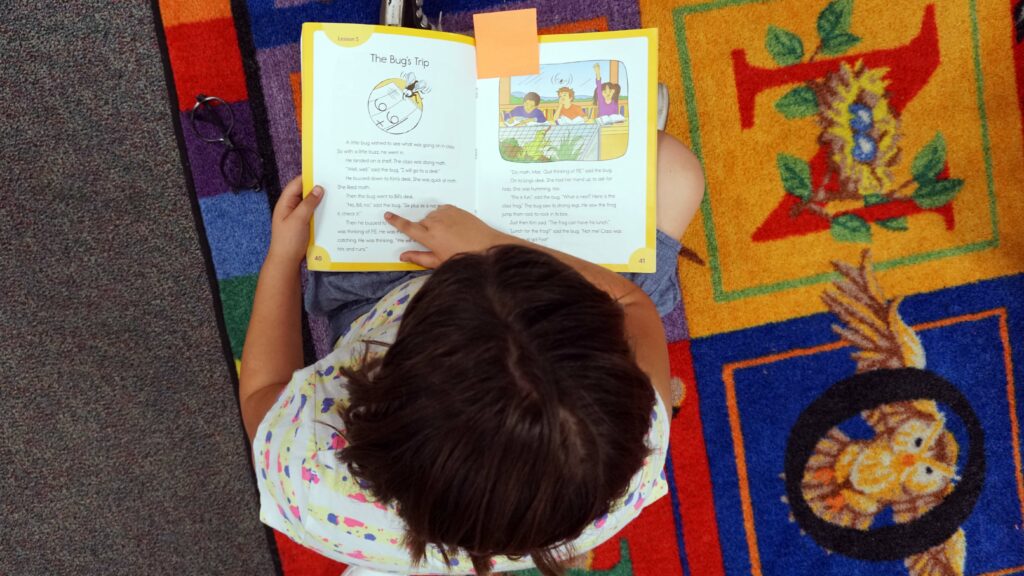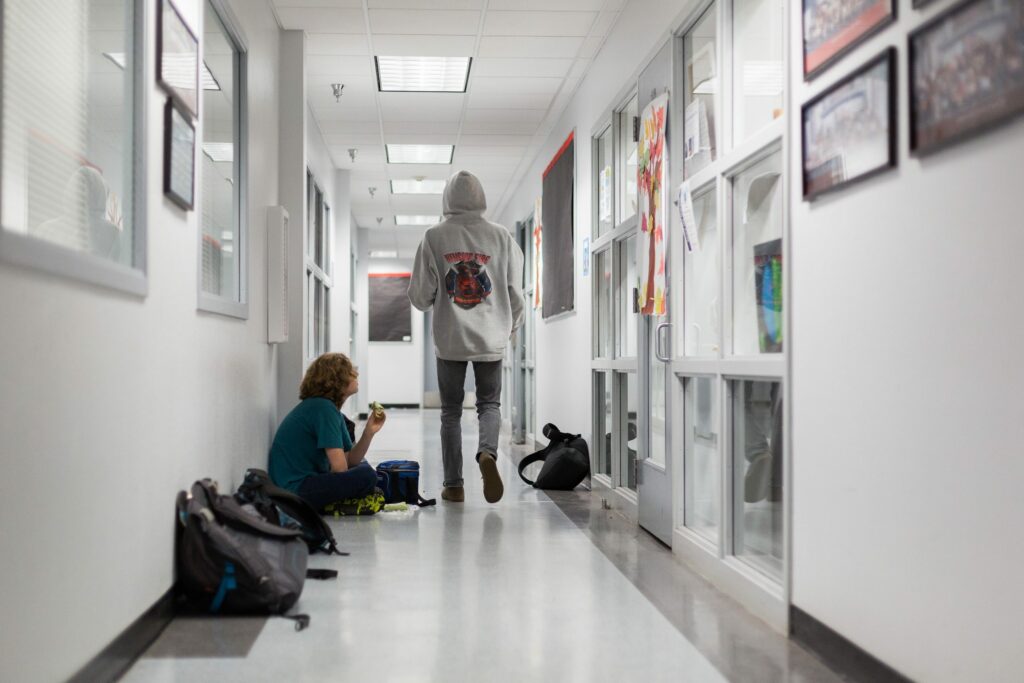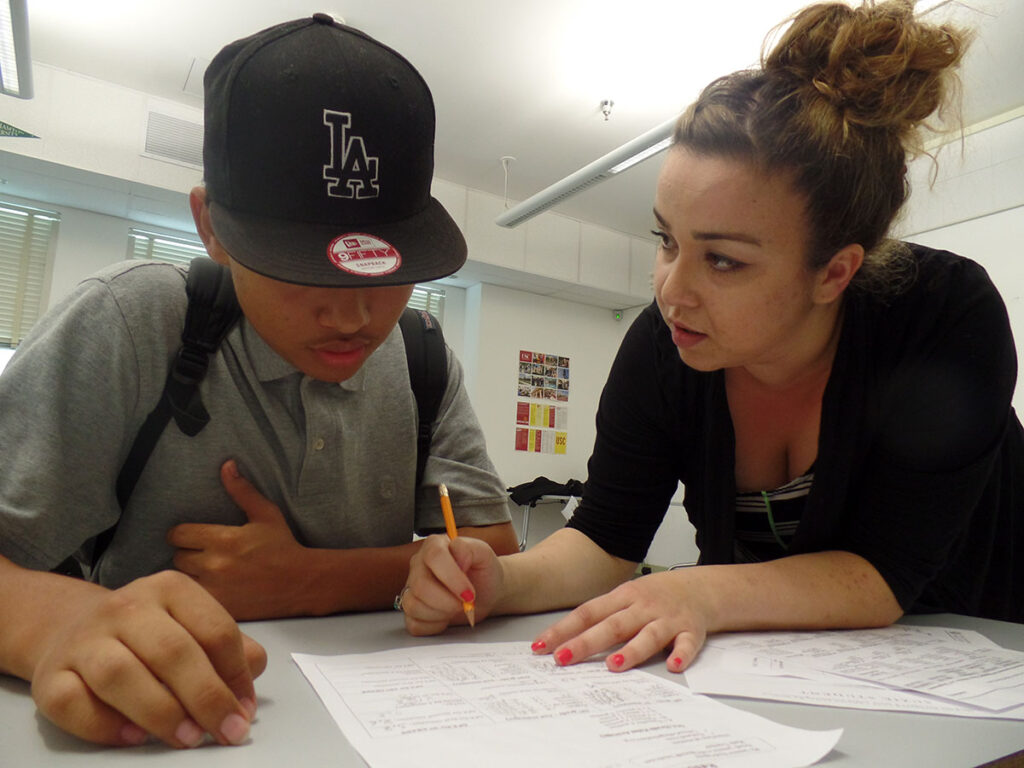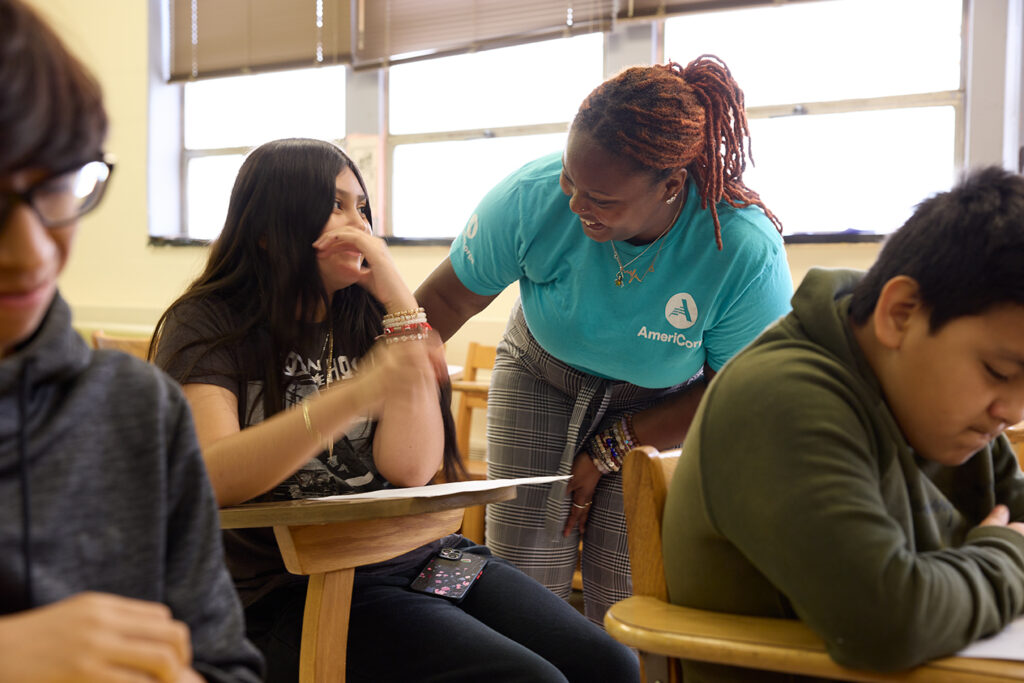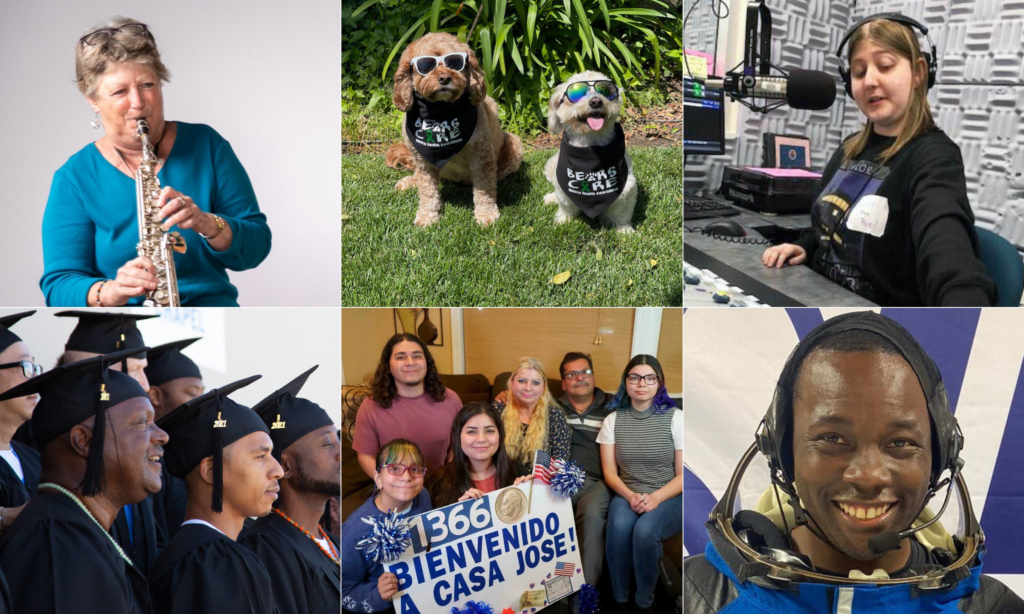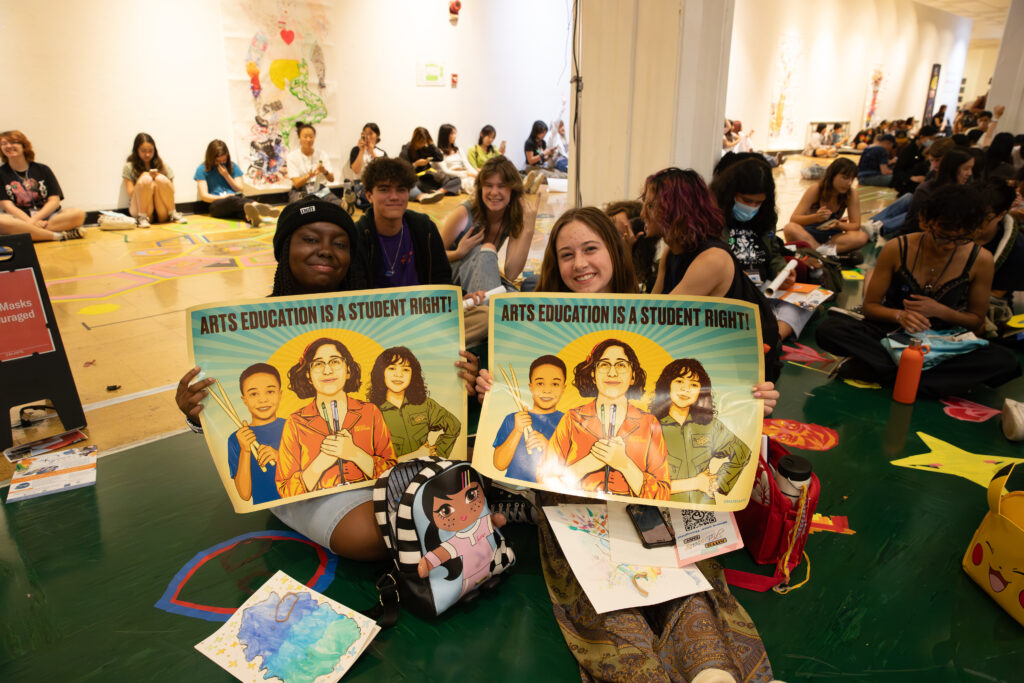
Students at Copper Island Academy in Michigan engage in unstructured play during frequent outdoor breaks.
Credit: Courtesy of Timothy Walker / Copper Island Academy
A flush of anger had spread across my fifth-grader’s forehead. I had never seen a student more upset in my classroom, and it was all my fault. During my first week of teaching in Finland, I had withheld recess — not just from this one fifth-grader, but from all my students.
Elementary school teachers in Finland typically incorporate a 15-minute break into every hour-long lesson. Many times each day, their students head to the playground and engage in free play after 45 minutes of classroom instruction. Coming from the United States, I questioned this model.
I firmly believed my fifth-graders would thrive on longer stretches in the classroom. Instead of teaching in 45-minute chunks, I taught 90-minute double lessons followed by 30-minute breaks as often as possible. (Finnish law allows for this kind of scheduling, but it is far from the norm.)
On the third day of school, just an hour into a 90-minute lesson, I saw that my go-to strategy of delaying breaks had failed. Miserably.
“I think I’m going to explode!” my fifth-grader had said to me. “I’m not used to this schedule.”
This awkward confrontation became a turning point in my teaching career. Until then, I had paid little attention to the importance of unstructured breaks. Research, however, has demonstrated many benefits of school recess.
Over the last decade, a growing list of U.S. states — including Missouri, Florida and New Jersey — have mandated daily recess. California joined the trend in late 2023.
Starting with the 2024-2025 school year, all K-8 students in Golden State public schools will receive at least 30 minutes of daily outdoor recess (air quality and weather permitting). Not only that, but the recess law also bans the harmful practice of withholding recess for disciplinary reasons.
California’s new law is a welcome change that expands access to daily recess, but there’s a critical omission. The law does not mandate public schools to offer multiple breaks during the school day. Most U.S. elementary schools (83%) provide daily recess, but only a relative few (21%) offer two periods of daily recess. (Arizona requires its schools to give two periods of daily recess to K-5 students, but unlike California, it fails to specify the duration).
“Increasing recess frequency offers a cost-effective, accessible and sustainable opportunity to improve children’s health on a population level,” U.S. researchers wrote in an article published this year.
Under its new recess law, California schools can easily perpetuate the status quo, offering just a single 30-minute daily break. One recess is better than nothing, but I learned firsthand in Finland that keeping kids cooped up in the classroom for hours is a mistake.
After my fifth-grader confronted me, I quickly embraced the Finnish approach to breaks. And it paid off. Following a 15-minute recess, my fifth-graders would return to the classroom looking refreshed. They seemed much more engaged and focused during lessons, too.
At my former U.S. school, many of my students — after spending hours inside our classroom — used to struggle with behavior and attention issues. Especially in the afternoon. Back then, I often turned to energizers (i.e., brief songs, poems and games) in an effort to reinvigorate my students. These teacher-directed breaks could make hours in the classroom feel more tolerable, but they were only minimally effective. More than anything else, my American students needed more opportunities for unstructured play breaks (ideally outdoors).
Decades ago, educational researcher Anthony Pellegrini conducted experiments at a U.S. elementary school and witnessed what I observed at my Finnish school: Students were more focused after a break than before one. When Pellegrini described his research to his 10-year-old daughter, she responded, “Well, duh.”
Delaying recess — what I did initially at my Finnish school — flies in the face of neuroscience. “People who take regular breaks, and naps even, end up being more productive and more creative in their work,” Daniel Levitin, an American-Canadian neuroscientist, said in a public radio interview. “You need to give your brain time to consolidate all the information that’s come in, to toss it and turn it.”
Implementing a Finnish-inspired schedule may seem like a far-fetched idea for American schools, but it’s already happening in the United States. I now work with a Michigan school that borrows best practices from Finland’s educational model, including its approach to scheduling.
Copper Island Academy, a K-8 charter school, provides students with multiple outdoor breaks each day. Teachers supervise the students on the playground while giving them significant autonomy. Students can freely run up the slide, build forts in the woods and climb trees.
It’s a bold strategy, especially in the Wolverine State. Like most states, Michigan does not require recess, and approximately 1 in 5 elementary school students receive less than 20 minutes of it daily (despite a state Board of Education recommendation to incorporate this amount).
When I visited Copper Island, a few teachers told me they were initially skeptical of the unstructured breaks. “I wondered what fifth-graders would do out on the playground,” fifth-grade teacher Leslie Fischer told me, “but I’ve been really amazed and impressed that it’s been so healthy for them.”
Kevin Boyd — the middle school social studies teacher — has observed an increase in student engagement. “Boredom is not an issue at [Copper Island],” he said in an email, “and I attribute this to the Brain Breaks.”
The nationwide movement to mandate recess makes sense, but it’s just the first step. U.S. elementary school students need more than just one play break each day.
It is time for all American schools to align recess frequency with the science of learning. California can help lead the way.
•••
Timothy Walker is an American teacher and author living in Espoo, Finland. He is the author of “Teach Like Finland: 33 Simple Strategies for Joyful Classrooms,” and a consultant with Copper Island Academy, a Finnish-inspired charter school in Calumet, Michigan.
The opinions in this commentary are those of the author. If you would like to submit a commentary, please review our guidelines and contact us.

